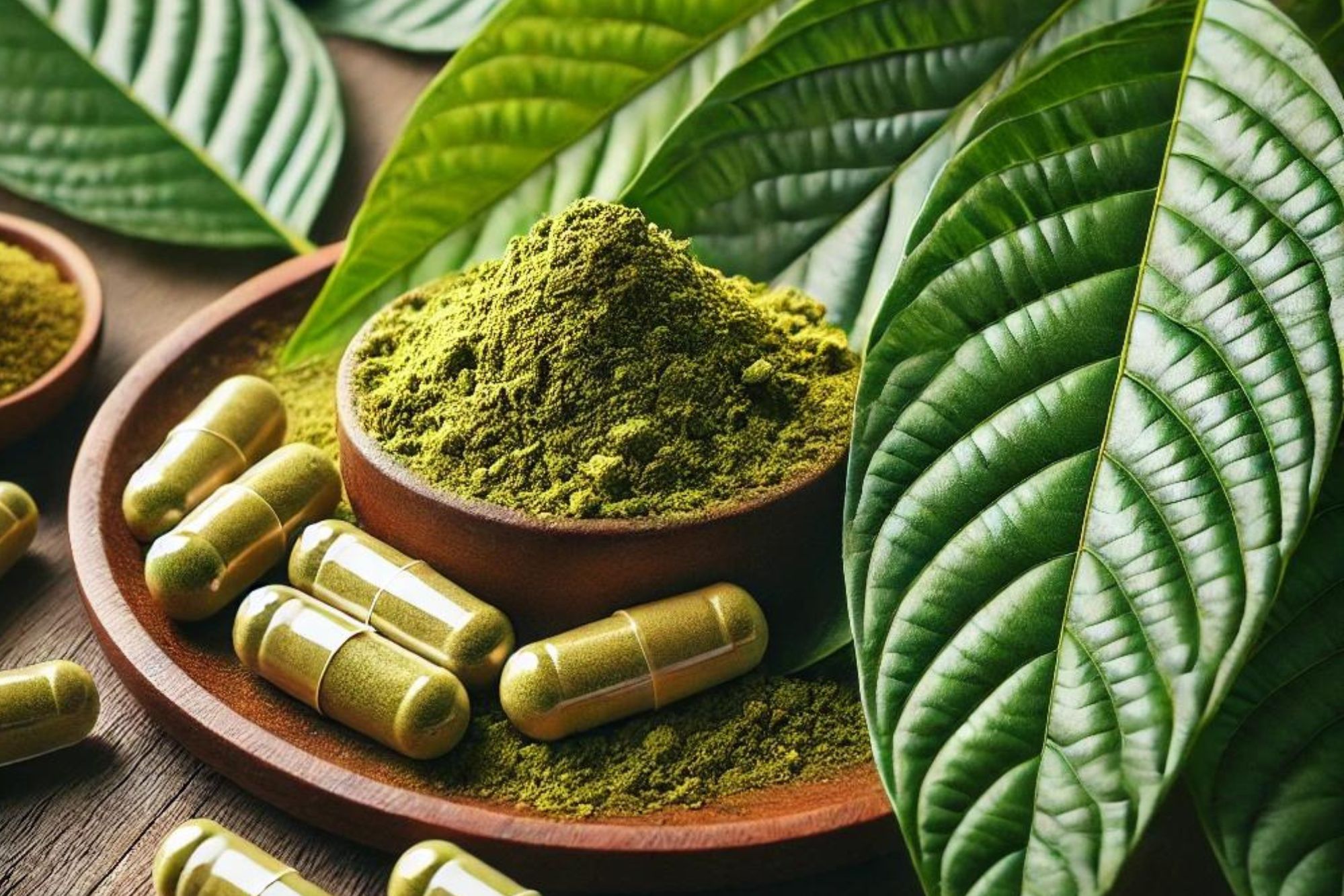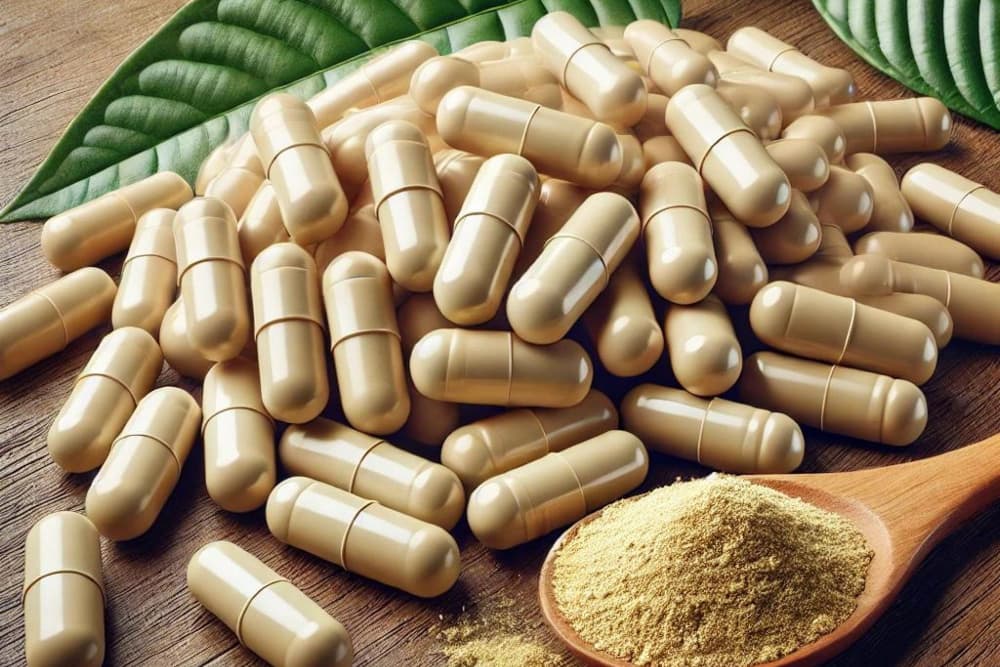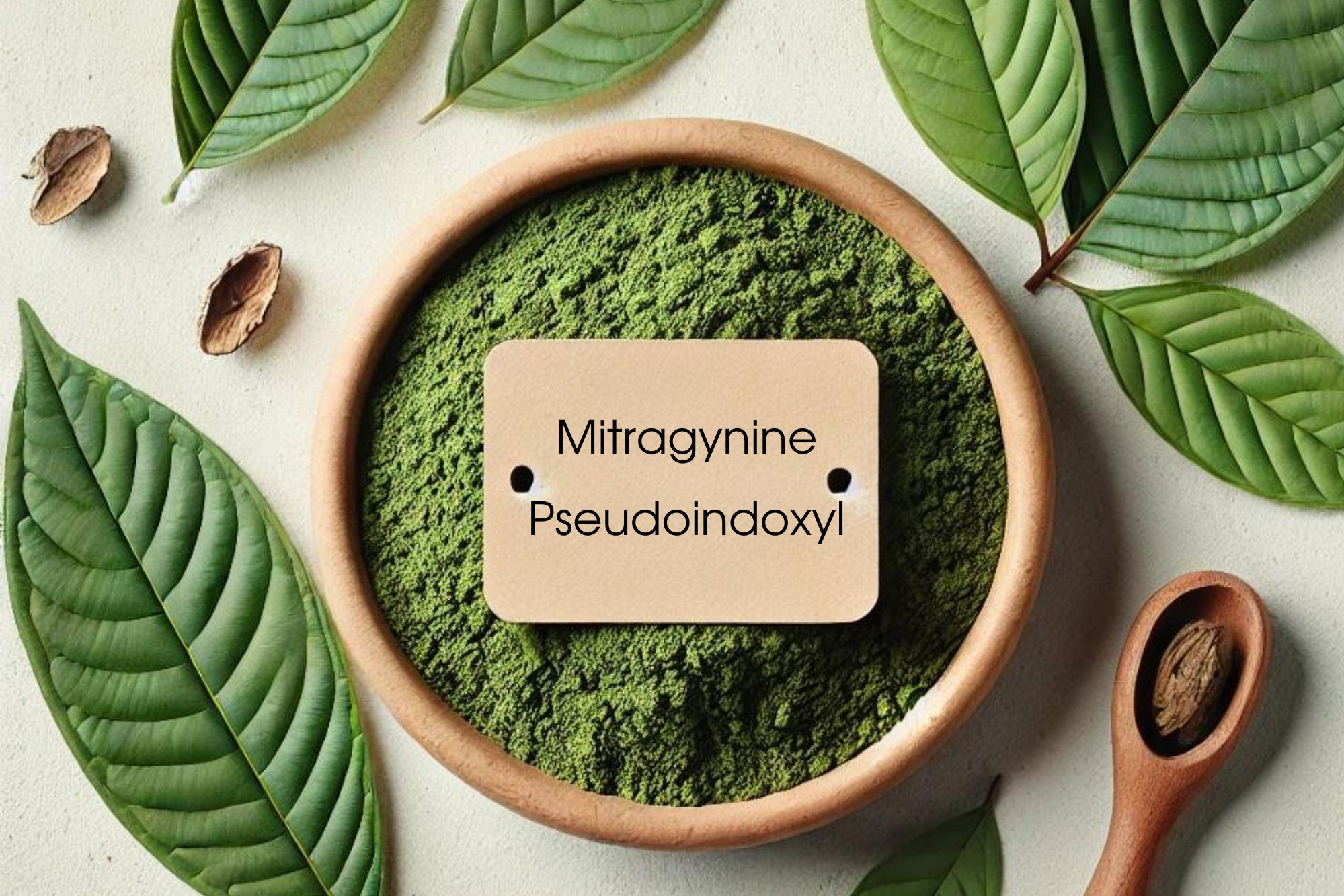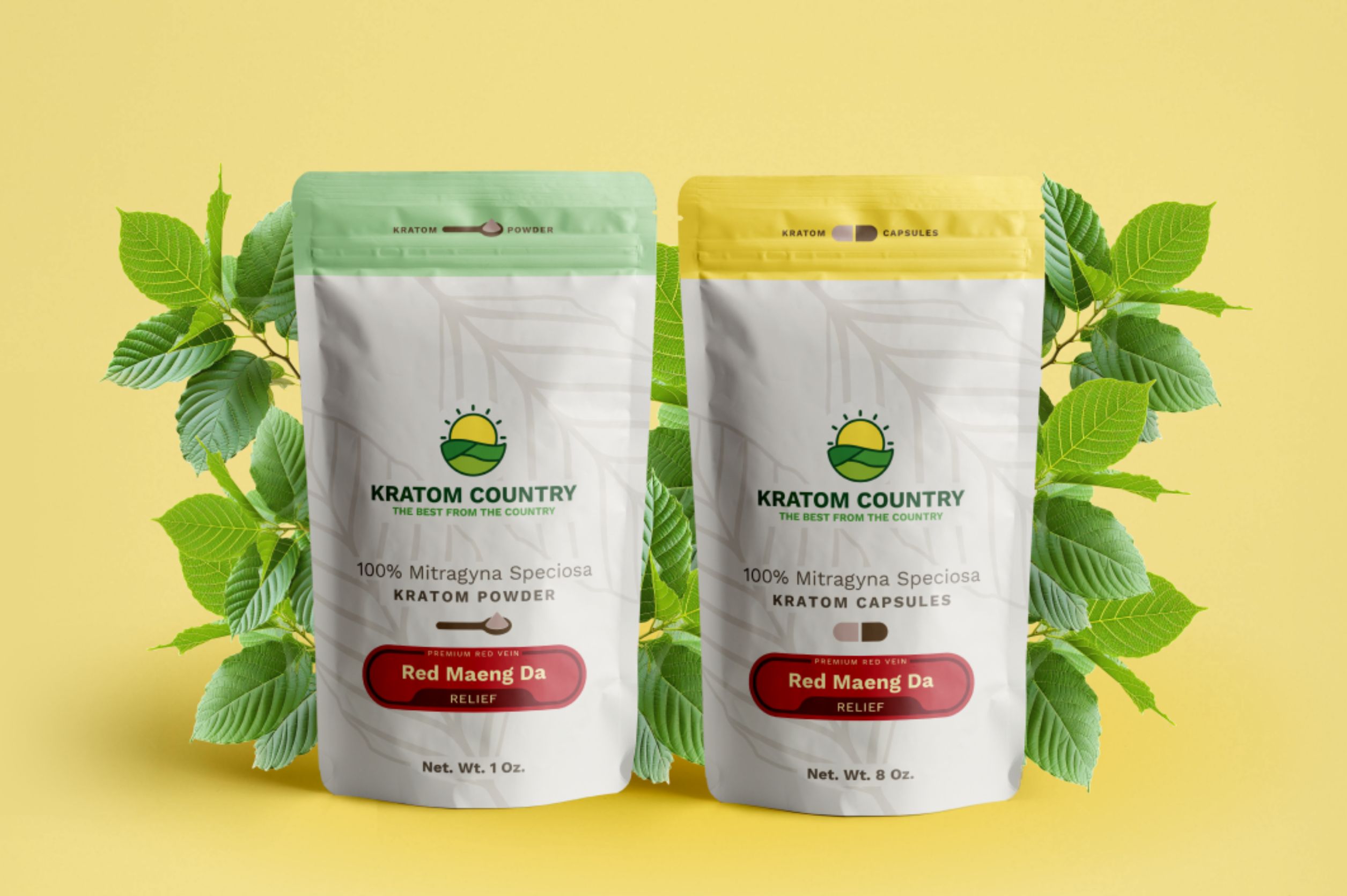Kratom Origins & History: Where Does Kratom Come From?
Contents
Kratom is gaining mainstream attention, showcasing its immense potential, and becoming an ideological battleground in the US. Analyzing its past is vital to understanding its future.
Join us to discover a brief history of kratom. We discuss its origins, global spread, traditional and modern uses, and prospects.
What is kratom?
Imagine a hot, humid, lush equatorial jungle. In the midst of it sits a tall tree with smooth, gray bark and large, oval leaves. Locals call it ketum, ithang, thom, and biak. The modern community knows it as kratom.
What plant does kratom come from, and how and why do we consume it?
Kratom goes by the Latin name Mitragyna speciosa. It’s an evergreen tree native to tropical Southeast Asian jungles. It rapidly grows in fertile rainforest lands, reaching 20 feet in height in two years of sprouting.
Fun fact: Kratom is a member of the Rubiaceae coffee tree family, which has numerous therapeutic applications. Over 60 members of this species are used medicinally, addressing over 70 health conditions.
Trees grow in the wild, and their foliage develops an alkaloid-rich chemical makeup. These leaves contain mitragynine and 7-hydroxymitragynine, which interact with brain receptors to induce temporary changes in the mind and body.
Kratom has double-duty effects that depend on the consumed dose. Smaller amounts are stimulating, while higher ones induce sedating sensations.
Today, we differentiate between different types of kratom based on color and country.
Kratom leaves have green, vein-streaked blades. These lines are white on young specimens and eventually turn green and red. We get white, green, and red strains depending on their maturity at harvest time.
Kratom is indigenous to Thailand, Indonesia, Malaysia, Myanmar, and Papua New Guinea. Each place has a unique soil profile that affects the plant’s chemical composition and makes each strain unique.
When was kratom discovered?
When was kratom discovered outside its native regions, and how did this knowledge spread?
Mitragyna speciosa leaves have been used for centuries throughout Southeast Asia. The plants occurred naturally in the wilderness in Thailand, Papua New Guinea, Malaysia, Myanmar, and Indonesia. Related species of the genus ranged as far as India and South Africa.
We don’t know when people of these nations first harnessed kratom’s therapeutic purposes. Its recorded discovery happened when it was already in active use.
A Dutch colonial botanist Pieter Willem Korthals first formally described kratom in 1831.
Korthals visited the Malay Archipelago as part of the Commission for Natural Sciences of the Dutch East India Service. His task was to identify valuable native plants to carry westward. His surname accounts for “Korth” as one of the herb’s names.
Kratom’s biological title by Korthals was Stephegyne speciosa, but it got reclassified several times. British surgeon and naturalist George Darby Haviland provided the final (now official) name and classification in 1859.
Scientifically, Edinburgh medicinal chemist Ellen Field first isolated mitragynine from kratom leaves in 1921. A Pittsburgh group led by G.A. Jeffrey characterized its structure in 1964.
In the 1960s, a pharmacy company wanted to develop kratom alkaloids as painkillers to replace morphine. The leaves were scarce in the West, though, which halted the research.
Kratom’s traditional applications sparked these scientific inquiries. So, let’s see how Southeast Asian communities used the herb.
Traditional use and cultivation
Considering where kratom originates from, it’s no surprise its primary uses concern healing. Traditional medicine flourished in the East, and the West has only recently begun taking notes.
In the native areas, people chewed leaves and brewed kratom tea to reduce discomfort and increase appetite, energy, and sexual desire. Medical practitioners used extracts to treat intestinal infections, worms, diarrhea, and coughs.
The plant had the most extensive uses in Thailand and Malaysia. Manual laborers chewed on the leaves to increase their endurance during the long work days under the sun. Tea houses served kratom mixed with sweeteners.
Besides these therapeutic applications, kratom was used socially and as a part of worship ceremonies. In Thailand, folks served it as a snack to guests. Religious practitioners consumed it in rituals while giving honors to their gods and ancestors.
Another use was making so-called “cow-dung cigars,” a mixture of kratom leaves, tobacco, and dried feces. This method tastes unpleasant and doesn’t deliver its benefits as effectively as oral consumption, so it didn’t persist.
Since kratom had varied uses, people needed plenty of alkaloid-rich leaves to meet the demand. They could harvest some from naturally occurring trees, but controlled cultivation ensured a steadier supply.
Thai farmers began cultivating kratom in the early 20th century. The native climate is ideal for the trees, and the project was successful. Their work inspired other nations, and the practice spread.
Today, most Mitragyna speciosa available to the West comes from Indonesia.

How did kratom spread across the world?
Recorded kratom history begins in Southeast Asia, but the plant didn’t stay contained in its native countries.
Manuscripts show kratom was part of ancient ceremonies beyond Southeast Asia. It spread with religion, reaching as far as Mongolia.
The West first saw kratom after 1831, when Korthals took it to the Netherlands. It proliferated across Europe from there. Global trade sent kratom worldwide in the 20th century.
Western nations relied on Southeast Asia for their kratom supply. This demand wasn’t an economic boom for the East, though.
Kratom cultivation, export, and use were prohibited in Thailand in 1943. This act likely sought to suppress the herbal market in favor of taxable opioids. A similar ban happened in Malaysia in 1952, but use remained widespread.
Today, commercial kratom grows in Southeast Asia with heightened regulations, and many countries import it from these regions.
How did kratom get to the United States?
Kratom didn’t get to the United States due to colonization. While European nations explored it in the 1800s, it only appeared stateside a century later.
Southeast Asian immigrants brought kratom to the US in the 20th century. It trickled in slowly at first, expanding after legal discrimination against Asians ended in 1965. We assume most entered in the 1980s and 90s.
Kratom started as an underground phenomenon in the US, which changed after 2004. Most journal articles got published after that year and even more appeared after 2012.
American kratom first flourished within the Southeast Asian diaspora. It eventually got popularized outside these communities due to its reputation as an energizer and relaxant.
Kratom picked up steam as the internet (specifically eCommerce) boomed. Vendors started importing the leaves, and the substance gained traction in health and wellness communities.
The US first imported the herb’s leaves, but this solution would lose potency during shipping. Kratom powder became an excellent long-lasting alternative.
Current use in the 21st century
The kratom plant comes from Southeast Asia, and its properties make it invaluable to Western users. Its traditional applications map well into the modern context.
In many ways, kratom uses remain unchanged to this day. Like past workers, modern individuals chew leaves and drink tea to inspire optimism and promote a sense of calm.

Low doses induce euphoria, while higher quantities soothe the body. The onset is usually within ten minutes, and the effects last 2–6 hours. People find it makes them more productive, talkative, and creative. It also helps them unwind and sleep better.
In Southeast Asia, kratom remains a common substance in Thailand and Malaysia. It can be a medicinal substance or a cheaper recreational substitute for opium. The former application got legalized in Thailand in 2018.
As of 2019, the American Kratom Association (AKA) found over 16 million kratom users in the US. Interestingly, where its traditional applications were among religious individuals and manual laborers, the American consumer demographic is varied.
Research into kratom’s effects is ongoing. Surveys found many people use it as self-treatment for various health conditions, and scientists are now checking its validity.
Multiple forms of the herb appeared on the market, too. Besides fresh and dried kratom leaves, powders became popular due to their longer shelf lives.
Kratom pills are also making the rounds in the West. This neat form enables easy dosing and appeals to modern enthusiasts.
What about the controversies?
Like many natural substances, kratom has an abuse potential. Its alkaloids interact with the same brain receptors as opioids, which caused governments to jump to conclusions.
In some areas, Muslim youth mixes kratom tea with caffeinated drinks, cough syrups, and medication to create a highly addictive 4x100 cocktail. Unfortunately, these blends caused harm.
Kratom-drug mixes led to several deaths in the US, too. No tragedy happened due to the herb itself, but its public perception took a blow. An improperly stored homemade powder batch triggered a salmonella outbreak in the last decade, too.
Even though these troubles are due to a lack of regulation and faulty drug policies, governments and the media scapegoated kratom. In the past decade, it got blamed for more harm than it can cause.
As a result, there have been various attempts to demonize and restrict kratom in the US. Luckily, the World Health Organization judged it shouldn’t be banned.
The current consensus says the herb is safe to use. The red tape is keeping adulterated products on the market and slowing down research to confirm or deny its benefits, though.
What may happen down the line?
The future of kratom
Considering how long kratom has been used, it seems unlikely to fall out of favor. As a result, more countries will have to regulate it.
Kratom seems safe for most people and could be a natural therapy for various conditions. For that to happen, the public needs access to reliable information and safe, pure kratom products.
While some countries and US states are still on the banning route, more are regulating the substance and promoting research.
In the US, the Kratom Consumer Protection Act (KCPA) is a reason for optimism. These laws ensure kratom remains legal to buy and introduce rules for manufacturers.
The Food and Drug Administration may review its stance on the plant as more research comes out. Until then, individuals and organizations will keep fighting to keep kratom legal and make it safer.
Here’s what we think:
Kratom’s naturally occurring and vital to numerous cultures, so we can’t expect it to disappear. Given its properties, the modern world can benefit from it. The best option is to adapt it to the contemporary context and ensure its purity.
So, research and regulation are the only sensible options.
Ancient origins, modern popularity
Much of kratom’s origin remains shrouded in mystery. As the world takes a greater interest in it, we may discover even more chronicles of its use. From what we know, this herb played a key healing role in many cultures.
With active advocacy in the US and other countries, kratom looks to have a promising future. Legalizing any natural substance is an uphill battle post-Drug War, but scientists and advocates are making it a reality.
Would you like to hop on the Mitragyna speciosa bandwagon? Visit our shop and order lab-tested, ethically sourced kratom products today.
About the Author

Chloe Collins is a skilled kratom maker passionate about crafting high-quality kratom products at Kratom Country. She has been working in the kratom industry for over a decade, mastering the art of creating unique blends and formulations that cater to the specific needs of her clients.
Chloe is known for her dedication to using only the best quality ingredients in her kratom products, ensuring that her customers receive the full benefits of this traditional herb.
She is committed to educating people about the kratom benefits and its responsible use and is always willing to share her knowledge and expertise with others.
She often writes educational articles about Kratom’s effects and its benefits for health.
Latest Articles
Trending Products
-
 Kava + Kratom Shot
Kava + Kratom ShotEffects : Relief & Comfort, Relaxation, Energy & Euphoria
$12.99
















Comments